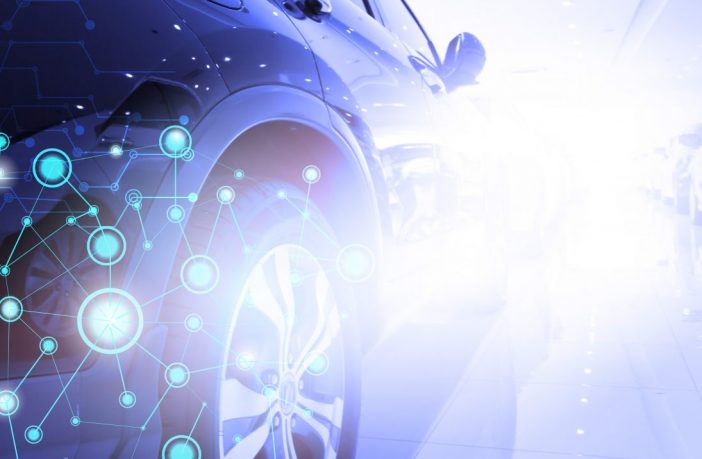Volvo Cars is deploying a mixed-reality driver-in-the-loop simulator for development of its safety and autonomous driving technologies. Using systems from real-time 3D development platform Unity and Finnish virtual and mixed-reality experts Varjo, the simulator combines life-like, high-definition 3D graphics, an augmented-reality headset and a full-body Teslasuit that provides haptic feedback while also monitoring bodily reactions.
Volvo notes that the system allows for testers to be exposed to imagined active safety and driver-assistance features, upcoming autonomous drive user interfaces, future car models and many other scenarios. It can be used on real test track roads or in the test lab, and every scenario is fully customisable.
According to Casper Wickman, senior leader of user experience at Volvo’s Open Innovation Arena, this enables Volvo Cars to study authentic human reactions in a safe environment and at a fraction of the cost of a real test: “Working together with great companies such as Varjo, Unity and Teslasuit has allowed us to test so many scenarios that look and feel totally real, without having to physically build anything. It lets us test drive actual cars in traffic scenarios that look and feel real but can be adjusted at the touch of a button.”
Overview of the technology used
The Varjo XR-1 Developer Edition headset deployed in the simulator uses video cameras to enable mixed reality and provides mixed or virtual reality in HD resolution. With the headset, objects and environments created in Unity can be seamlessly integrated into the real world.
This is combined with the Teslasuit, which, through the application of forces, vibrations or motions, makes it possible to recreate the experience of touch when interacting with the virtual world.
By wearing the advanced full-body haptic suit, Volvo’s simulation testers can physically feel small reproductions of the forces one would experience in a crash, while experiencing no actual risk. The suit also enables them to test these reactions by studying how muscles, stress levels and heart rate react under stress, and apply this learning in creating the next generation of safety systems aimed at avoiding and mitigating risky situations.
Meanwhile, simulation scenarios are created using real-time 3D software from Unity, the company behind one of the world’s most popular video game development platforms. Using Unity, Volvo has been able to create virtual environments and objects to use in simulations or put a fully accurate 3D model of any Volvo car design into any virtual environment, assessing the design in different lights, locations and weather.


